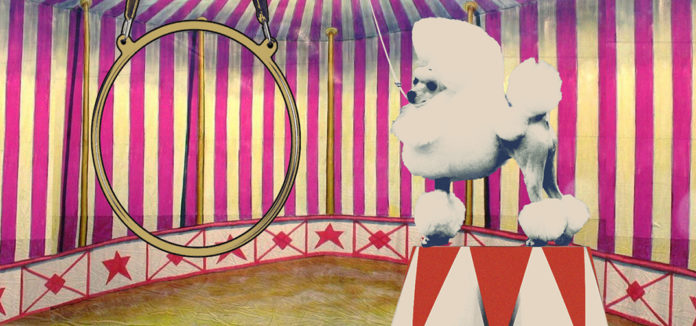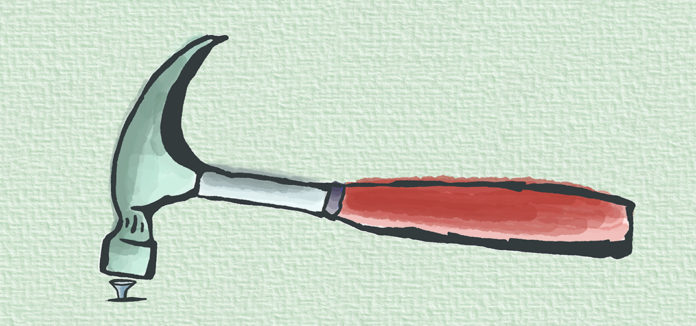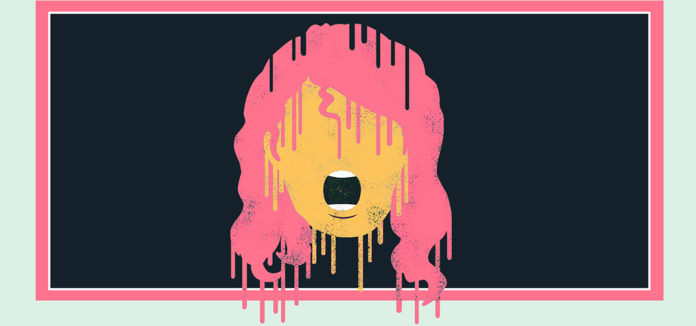“People don’t change.” I remember hearing this from one of my professors in medical school. His comment went hand in hand with everything I thought I knew about human nature: personalities are set in stone and character doesn’t change.
Numerous studies suggest otherwise. Of note, when psychologists talk about personality traits, they are referring to the Big Five which include the following:
1. Openness to Experience
2. Conscientiousness
3. Extroversion
4. Agreeableness
5. Neuroticism
The combination of these five are believed to be the core characteristics that capture an individual’s personality. While research suggests that these traits are largely inherited and tend to be stable over time, it certainly doesn’t mean they are unchangeable.
Life experiences and situations have been shown to significantly impact specific traits:
Strong relationships increase conscientiousness, agreeableness and extroversion and decrease neuroticism.
Divorce increases extroversion and openness in women.
Greater job satisfaction decreases neuroticism and increases extroversion.
Remarriage decreases neuroticism in men.
Personality can be re-shaped in other ways too:
Scientists have successfully designed programs to increase openness, which tends to predict better health and a longer life….One experiment found that a training program increased openness among older adults. A different study found that openness grew with the enhanced bodily awareness that comes from dancing and possibly other forms of physical activity.
Above all, regardless of our basic personality traits, we can freely choose how we express them and how we behave. As described in the Science of Us:
You can indeed train yourself to become more conscientious, more agreeable, more (or less) of whatever it is that you currently are not…
It turns out that you can teach old dogs new tricks.
I wish you all the best,
Dr. Samantha Boardman







